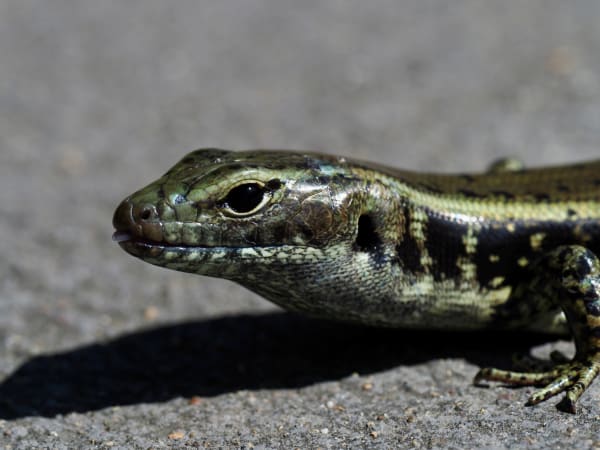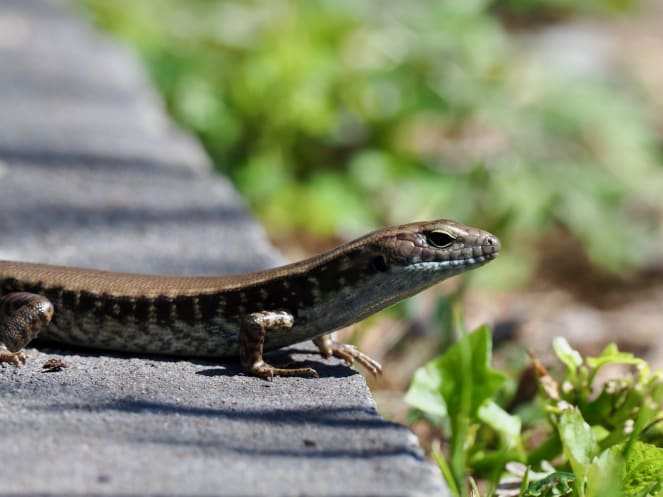Get excited, it’s reptile season! I got a frantic message from the husband the other day. He’d stumbled across, almost literally, a gorgeous red-bellied black snake, coiled up and trying to grab some warmth between the intermittent showers. Matt used to be scared of spiders and snakes but he’s doing much better. Sure, he sent me a short video of the encounter as he wasn’t going to stop walking for anything, but still, there was no screaming to be heard!
My dad used to be a ‘herper’, that is, someone who searches for reptiles and amphibians, long before I had even heard of the term. He used to ask for ID books for Christmas, which I still have almost 15 years after he died. He ticked off the various snakes and lizards that he came across during his meanders through the then open fields of Albion Park. There’s notes littered throughout the pages and it feels like he is reaching out across time to tap me on the shoulder and point out this and that.
Maybe that’s why I can’t help but get excited once the various reptiles emerge from their winter slumbers and start being more readily seen. It’s in my blood. It’s super early in the season, with the weather just starting to warm up now, and so far it’s been pretty much all about the skinks, specifically the Eastern Water Skinks who sit around basking on rocks at Bass Point and in my Mum’s garden. They have a really lovely greenish/copper hue to their backs, and are lightly speckled. I always see them grabbing at unsuspecting ants but they’ll eat snails and spiders, cockroaches, tadpoles and even some native berries if they’ve fallen to the ground.

Their name kind of gives away their habitat preference: they’re found along the east coast of Australia and are most commonly seen near a water source. But they’re just as happy in urban environments and you might see one popping its snout out from in between cracks in the concrete around your house or peeking out from behind some rocks in your garden. Their diet makes them great pest controllers, and they, ah, make great food for kookaburras and butcherbirds, so all in all, these skinks should be a welcome addition to your garden.






